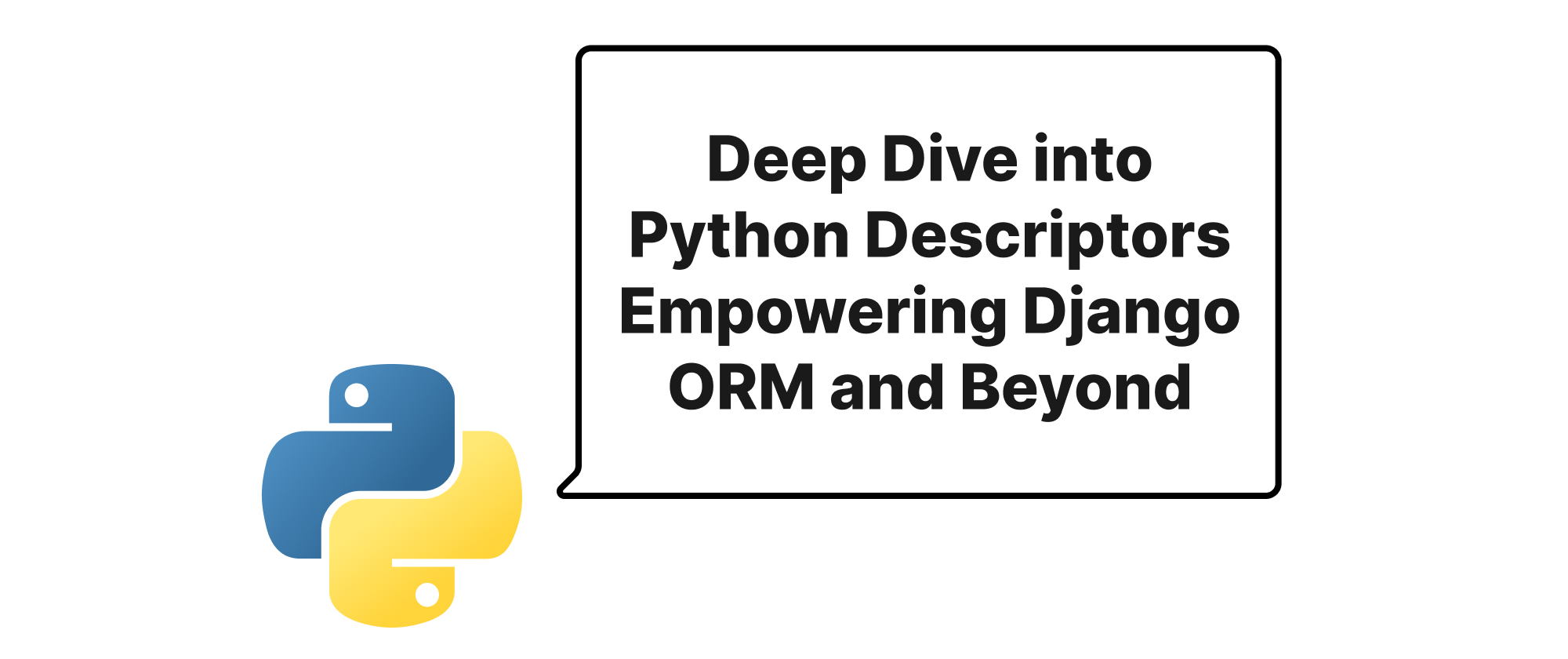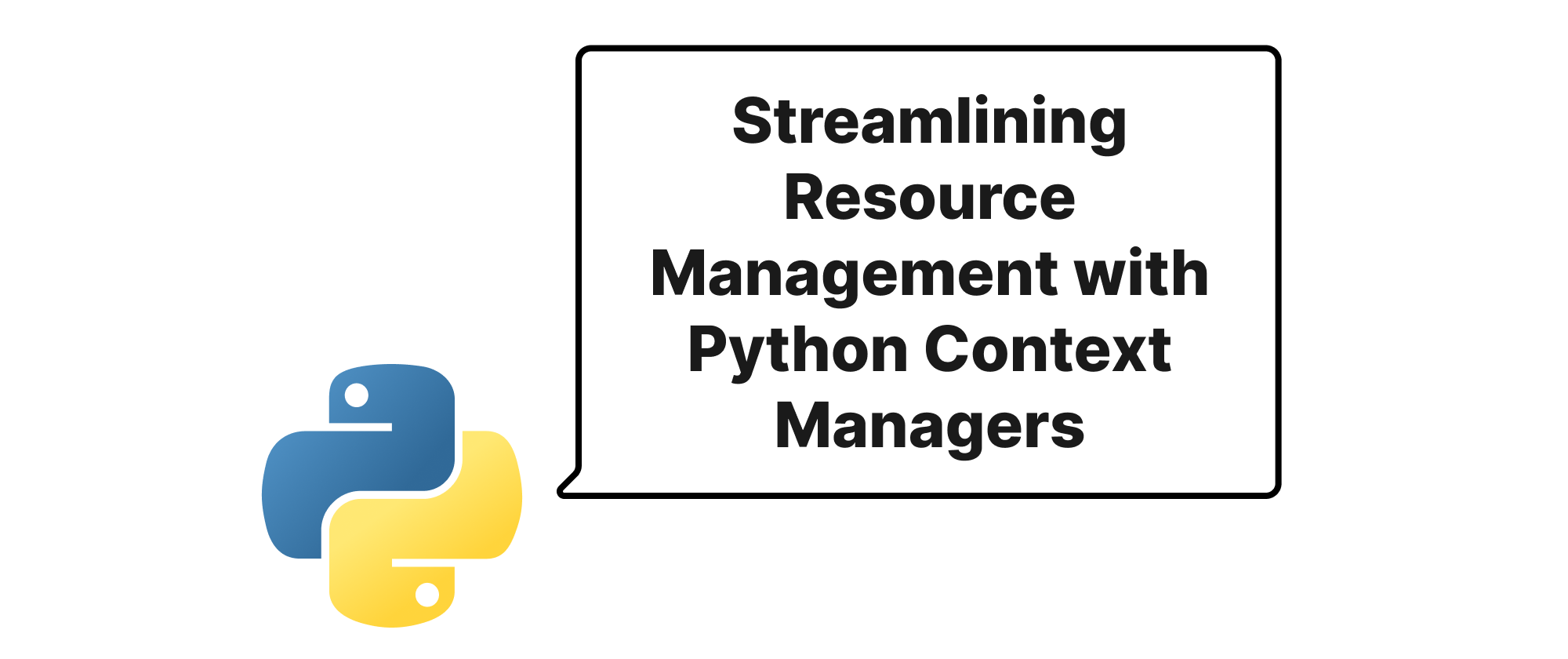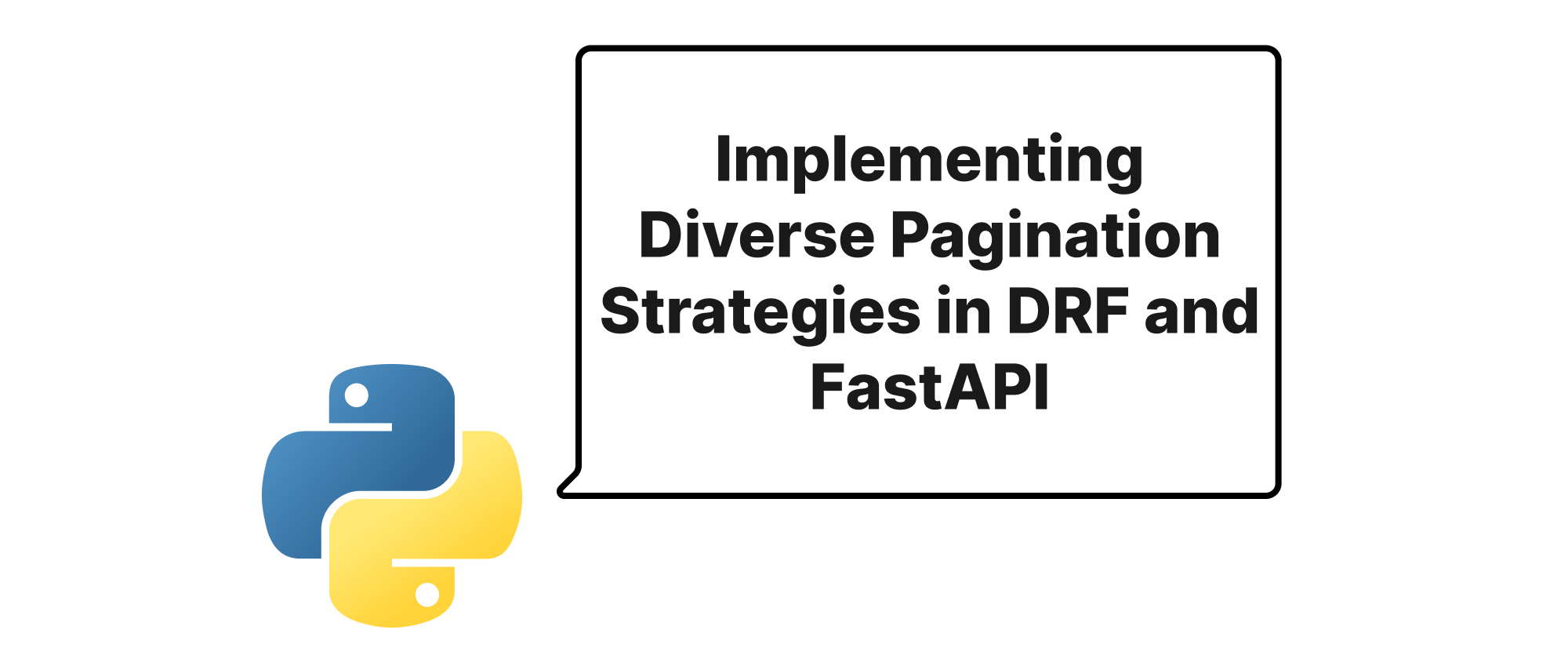Deep Dive into Python Descriptors Empowering Django ORM and Beyond
Emily Parker
Product Engineer · Leapcell

Introduction
Python, renowned for its clarity and versatility, often surprises developers with its underlying mechanisms that empower sophisticated libraries and frameworks. Amongst these, descriptors stand out as a foundational, yet often overlooked, concept. They provide a powerful way to customize attribute access on objects, offering a hook to define how an attribute is retrieved, set, or deleted. This intricate control over attribute interaction is not merely an academic curiosity; it is a cornerstone for building highly declarative and robust systems. Imagine being able to define a database field with a simple attribute assignment, or having properties that automatically validate input. This level of abstraction and behind-the-scenes magic is, in many cases, brought to life through descriptors. Understanding descriptors isn't just about Python esoterica; it's about unlocking a deeper appreciation for the elegance and power behind tools like the Django ORM, and recognizing their crucial role in enabling such intuitive and efficient programming paradigms.
The Power of Python Descriptors
Before we delve into the intricate dance between descriptors and frameworks like Django, let's establish a clear understanding of what descriptors are and the core concepts surrounding them.
What are Descriptors?
In Python, a descriptor is an object that implements at least one of the descriptor protocol methods: __get__, __set__, or __delete__. These methods are invoked when an attribute of an object (the instance) is accessed, modified, or deleted. Essentially, when Python encounters an attribute lookup instance.attribute, it first checks if attribute is a descriptor on the class of instance. If it is, then the descriptor's methods are called to handle the access.
Descriptor Protocol Methods:
object.__get__(self, instance, owner): Called to get the attribute of theinstanceof theownerclass.self: The descriptor instance itself.instance: The instance from which the attribute was accessed (e.g.,my_objectinmy_object.attribute). If accessed directly from the class (e.g.,MyClass.attribute), this will beNone.owner: The class of the instance (e.g.,MyClassinmy_object.attribute).
object.__set__(self, instance, value): Called to set the attribute of theinstancetovalue.self: The descriptor instance.instance: The instance whose attribute is being set.value: The new value being assigned to the attribute.
object.__delete__(self, instance): Called to delete the attribute of theinstance.self: The descriptor instance.instance: The instance whose attribute is being deleted.
Types of Descriptors:
- Data Descriptors: Implement both
__get__and__set__(or__delete__). Data descriptors have precedence over instance dictionaries. If an attribute name exists in both the instance's__dict__and as a data descriptor on the class, the data descriptor will always be invoked. - Non-data Descriptors: Only implement
__get__. Non-data descriptors have lower precedence than instance dictionaries. If an attribute name exists in both the instance's__dict__and as a non-data descriptor, the value from the instance's__dict__will be returned.
Illustrative Example: A Simple Descriptor
Let's start with a basic example to solidify the concept of descriptors. We'll create a descriptor that stores a value and prints a message when accessed or set.
class MyVerboseDescriptor: def __init__(self, initial_value=None): self._value = initial_value def __get__(self, instance, owner): if instance is None: # Accessing from the class itself print(f"Retrieving descriptor from class {owner.__name__}") return self print(f"Retrieving value from {instance.__class__.__name__}. It's {self._value}") return self._value def __set__(self, instance, value): print(f"Setting value for {instance.__class__.__name__} to {value}") self._value = value def __delete__(self, instance): print(f"Deleting value for {instance.__class__.__name__}") del self._value class MyClass: my_attribute = MyVerboseDescriptor(10) # This 'my_attribute' is an instance of MyVerboseDescriptor # Instance usage obj = MyClass() print(obj.my_attribute) # Calls MyVerboseDescriptor.__get__ obj.my_attribute = 20 # Calls MyVerboseDescriptor.__set__ print(obj.my_attribute) # Calls MyVerboseDescriptor.__get__ # Class usage (accessing the descriptor object itself) print(MyClass.my_attribute) # Calls MyVerboseDescriptor.__get__ with instance=None
In this example, my_attribute is not a simple data slot on MyClass; it's an instance of MyVerboseDescriptor. When you access obj.my_attribute, Python doesn't look it up in obj.__dict__ directly, but instead realizes my_attribute on MyClass is a descriptor and calls its __get__ method.
How Descriptors Empower Django ORM
Django's Object-Relational Mapper (ORM) is a prime example of how descriptors can build a powerful, declarative API. When you define a Django model, you declare fields like CharField, IntegerField, or ForeignKey. These field types are all, at their core, descriptors.
Consider a simple Django model:
from django.db import models class Book(models.Model): title = models.CharField(max_length=255) author = models.ForeignKey('Author', on_delete=models.CASCADE) published_date = models.DateField(null=True, blank=True) def __str__(self): return self.title class Author(models.Model): name = models.CharField(max_length=100) def __str__(self): return self.name
Here, title, author, and published_date are not directly strings, Author objects, or dates. They are instances of CharField, ForeignKey, and DateField respectively. These field objects are descriptors.
Behind the Scenes with Django ORM Descriptors:
- Declaration: When you define
title = models.CharField(...), you are creating an instance ofCharField. This instance becomes a descriptor on theBookmodel class. __set__- Data Storage and Validation: When you create or update aBookinstance, for example,book.title = "The Hitchhiker's Guide to the Galaxy", the__set__method of theCharFielddescriptor is invoked.- It doesn't store the value directly in
book.__dict__['title']. Instead, it validates the input (e.g., checksmax_length), potentially converts the value to the correct Python type, and stores it internally (often in a private attribute or a dedicated_stateobject on the model instance). - This is why setting
book.title = 123would eventually raise aValidationErroror conversion error; the descriptor mediates this.
- It doesn't store the value directly in
__get__- Data Retrieval and Pre-fetching: When you accessbook.title, the__get__method of theCharFielddescriptor is called.- It retrieves the stored value, ensuring it's presented in the correct Python type.
- For fields like
ForeignKey(authorin our example), the__get__method is far more complex. When you accessbook.author, theForeignKeydescriptor might:- Check if the related
Authorobject is already loaded. - If not, it will execute a database query to fetch the related
Authorrecord implicitly. - It then returns an
Authorobject, making the database interaction seamless and appearing like a simple attribute access.
- Check if the related
- This mechanism is also central to Django's
select_relatedandprefetch_relatedoptimizations, where the descriptors are smart enough to avoid excessive database queries if the related objects have already been loaded.
Simplified Django Field Descriptor Concept:
# A conceptual simplified version of how a Django CharField descriptor might work class MyCharFieldDescriptor: def __init__(self, max_length): self.max_length = max_length # Field name will be set by the Model metaclass self._field_name = None def __set_name__(self, owner, name): # This special method is called when the descriptor is assigned to an attribute self._field_name = name def __get__(self, instance, owner): if instance is None: return self # Accessing the descriptor itself from the class # In a real Django model, values are likely stored in instance._state.fields or similar # For simplicity, we'll use a direct internal attribute with a mangled name return getattr(instance, f'_{self._field_name}', None) def __set__(self, instance, value): if not isinstance(value, str): raise ValueError(f"Value for {self._field_name} must be a string.") if len(value) > self.max_length: raise ValueError(f"Value for {self._field_name} exceeds max_length.") # Store the validated value internally setattr(instance, f'_{self._field_name}', value) class MyModelMetaclass(type): """ A simplified metaclass to mimic how Django associates fields with models. It identifies descriptors and tells them their name. """ def __new__(mcs, name, bases, attrs): new_class = super().__new__(mcs, name, bases, attrs) for attr_name, attr_value in attrs.items(): if hasattr(attr_value, '__set_name__'): attr_value.__set_name__(new_class, attr_name) return new_class class MyDjangoLikeModel(metaclass=MyModelMetaclass): title = MyCharFieldDescriptor(max_length=255) description = MyCharFieldDescriptor(max_length=500) # Usage class Post(MyDjangoLikeModel): pass post = Post() post.title = "My First Blog Post" print(post.title) try: post.title = 123 # Will raise ValueError from the descriptor's __set__ except ValueError as e: print(e) try: post.description = "A very long description that definitely exceeds five hundred characters..." * 2 # Will raise ValueError except ValueError as e: print(e)
In this conceptual example, MyCharFieldDescriptor acts as a field. The MyModelMetaclass automatically calls __set_name__ on the descriptor instances, allowing them to know the name they were assigned to (e.g., 'title', 'description'). This gives the descriptor contextual information and allows it to manage the state on the instance without directly cluttering the instance's __dict__ under the descriptor's own name.
Descriptors in Other Libraries
Beyond Django, descriptors are foundational to other Python libraries for various purposes:
-
propertydecorator: The built-inpropertydecorator is a perfect example of a non-data descriptor. It allows you to transform methods into attributes, providing getter, setter, and deleter functionality.class Circle: def __init__(self, radius): self._radius = radius @property def radius(self): """The radius property.""" print("Getting radius...") return self._radius @radius.setter def radius(self, value): print(f"Setting radius to {value}...") if value < 0: raise ValueError("Radius cannot be negative") self._radius = value c = Circle(5) print(c.radius) # Calls the getter c.radius = 10 # Calls the setter try: c.radius = -2 # Raises ValueError via setter except ValueError as e: print(e) -
Type Hinting Validation (e.g.,
attrs,pydantic): Libraries likeattrsandpydanticoften use descriptors or similar mechanisms to enable type validation and coercion when attributes are set. When you define a field with a type hint, the underlying implementation might use a descriptor to intercept the assignment and ensure the value conforms to the specified type. -
Method Binding (
__get__for functions): Even regular Python functions become non-data descriptors when they are attributes of a class. When you callinstance.method(), the function's__get__method is invoked, which effectively binds the function to theinstance(makingselfavailable as the first argument). When you callMyClass.method(),__get__is also called but withinstance=None, returning the unbound function.class Greeter: def greet(self, name): return f"Hello, {name}!" g = Greeter() print(g.greet("Alice")) # `Greeter.greet.__get__(g, Greeter)` is called implicitly print(Greeter.greet) # `Greeter.greet.__get__(None, Greeter)` is called implicitly
These examples highlight how descriptors provide a consistent and powerful way to manage attribute behavior across various scenarios, promoting code reusability, validation, lazy loading, and overall cleaner API design.
Conclusion
Python descriptors are a powerful, albeit often hidden, mechanism for controlling attribute access and behavior. By implementing the descriptor protocol methods (__get__, __set__, __delete__), objects can transform simple attribute assignments and retrievals into sophisticated operations involving validation, lazy loading, type conversion, and more. This deep control is instrumental in the design of high-level, declarative APIs, most notably exemplified by the Django ORM. The elegance and seamlessness with which we interact with Django models or property decorated attributes are a direct testament to the foundational power of descriptors. Truly understanding descriptors enhances one's ability to not only use complex Python libraries effectively but also to engineer equally robust and intuitive systems. Descriptors are the silent architects behind Python's expressive power, enabling declarative attribute behavior and encapsulating complex logic in a clean way.


